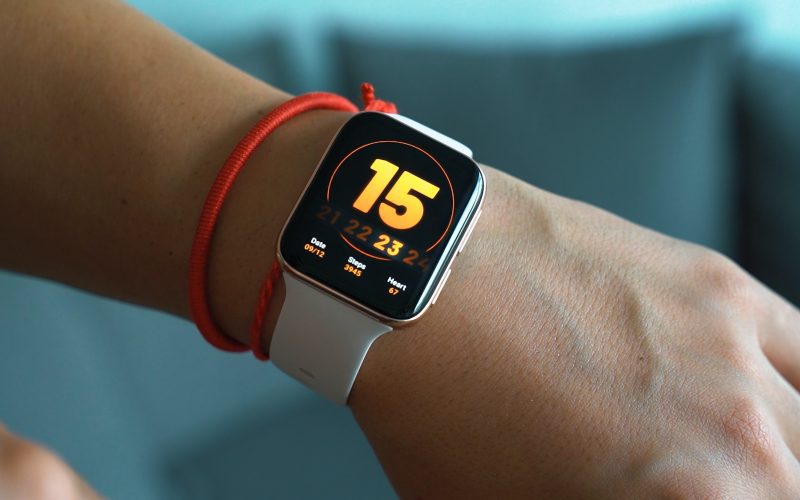Technology has disrupted almost every industry, and fitness is no exception. With the rise of wearable fitness devices, fitness apps, and smart gym equipment, people can now track their workouts, analyze their performance, and get personalized training recommendations.
Fitness technology has become so popular that it’s estimated to be a $30 billion industry by 2022. It’s not hard to see why – these tools allow people to optimize their workouts and get better results in less time. But how exactly is technology changing the way we exercise?
Wearable Fitness Devices
Wearable fitness devices, such as Fitbit, Garmin, and Apple Watch, are some of the most popular fitness gadgets on the market. They come in different shapes and sizes, but they all have one thing in common – they track your physical activity.
These devices use sensors to monitor your heart rate, steps taken, calories burned, and sleep quality. They also come with apps that allow you to set fitness goals, track your progress, and compete with friends.
Smart Gym Equipment
Smart gym equipment is another game-changer in the fitness industry. These machines come equipped with screens that display workout routines, track your reps and sets, and provide real-time feedback on your form.
Some smart gym equipment also comes with artificial intelligence (AI) capabilities. For example, the Tonal machine uses AI to analyze your performance and adjust the weight resistance accordingly.
Fitness Apps
Fitness apps are perhaps the most accessible form of fitness technology. There are countless apps available, catering to everything from yoga and running to weightlifting and high-intensity interval training (HIIT).
These apps offer a range of features, such as guided workouts, virtual trainers, and personalized meal plans. Some apps also use AI to create customized workout plans based on your fitness goals and preferences.
The Benefits of Sweating Smarter
The benefits of using fitness technology are clear – it allows people to optimize their workouts and achieve their fitness goals more efficiently. Here are some of the key benefits:
- Personalization: Fitness technology allows people to personalize their workouts based on their individual needs and goals.
- Motivation: Wearable fitness devices and fitness apps provide real-time feedback and tracking, which can motivate people to stay on track with their fitness goals.
- Efficiency: By tracking their workouts and analyzing their performance, people can optimize their workouts and get better results in less time.
- Accessibility: Fitness apps and smart gym equipment make it easier for people to work out at home or on-the-go.
- Community: Fitness apps and wearable fitness devices allow people to connect with others who share their fitness interests and goals.
The Future of Fitness Technology
The future of fitness technology looks bright. As AI and machine learning continue to advance, fitness technology will become even more personalized and efficient. We can expect to see more smart gym equipment, wearables, and apps that offer advanced features like virtual reality and haptic feedback.
However, it’s important to remember that technology is not a replacement for human expertise. While fitness technology can provide guidance and motivation, it’s still important to work with qualified fitness professionals to ensure that you’re exercising safely and effectively.
In conclusion, fitness technology has revolutionized the way we exercise, allowing us to sweat smarter, not harder. As the industry continues to evolve, we can expect to see even more innovative tools that help us achieve our fitness goals.












